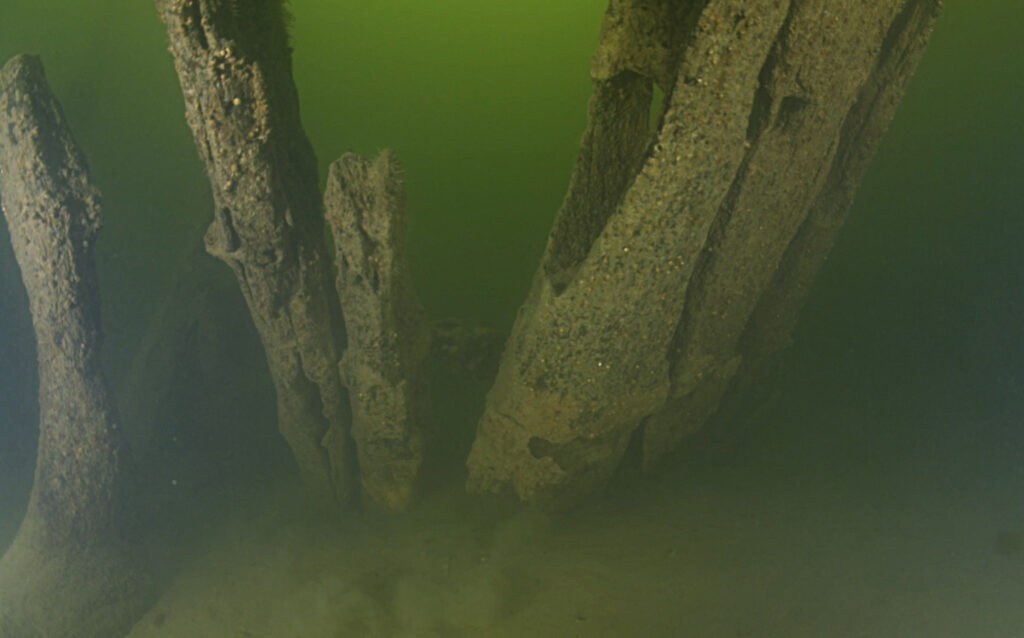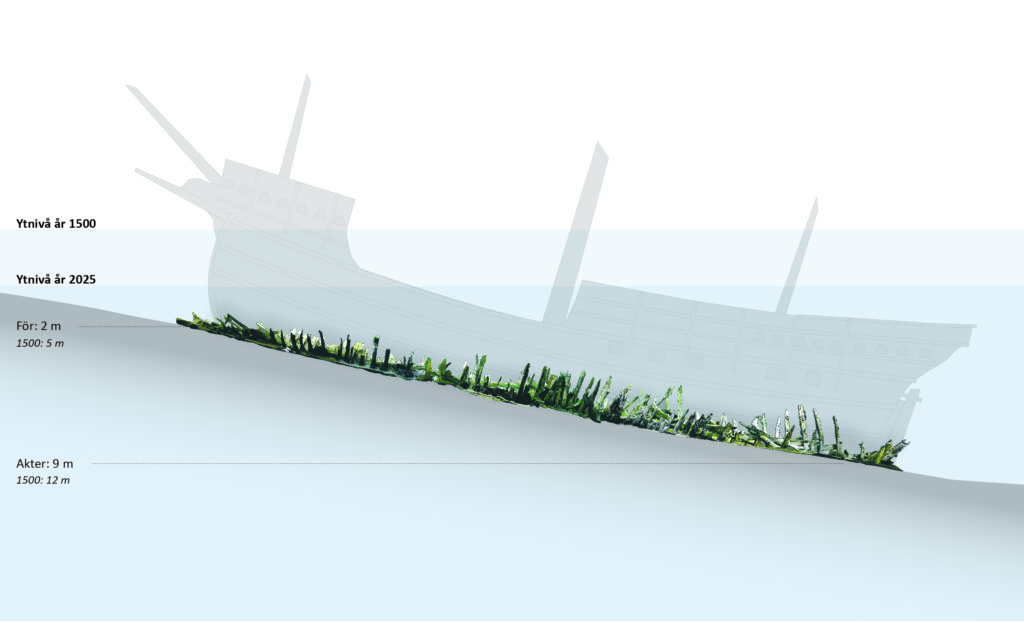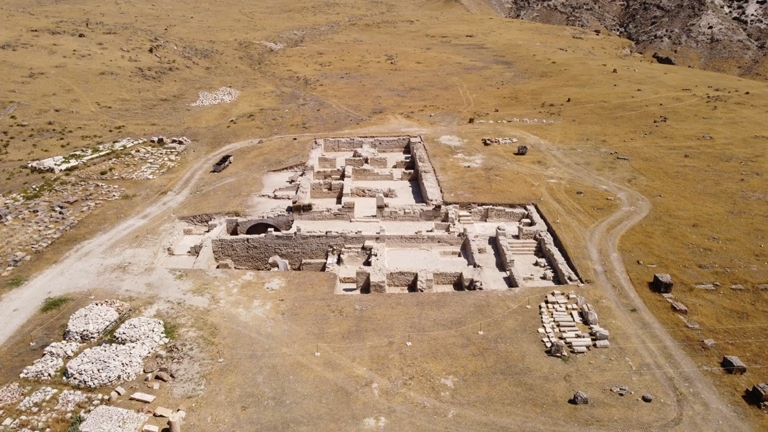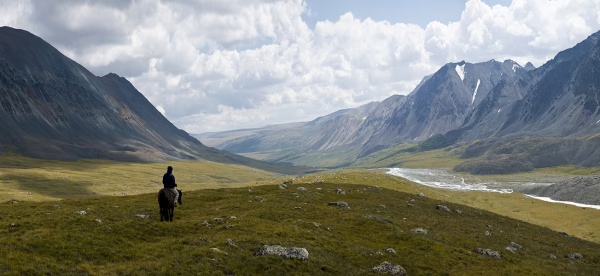Naval archaeologists from the Vrak Museum of Wrecks in Stockholm, Sweden, have made a groundbreaking discovery in the depths of the Baltic Sea, shedding light on history. This historical relic, found in the waters of Landfjärden and named “Wreck 5,” could be the oldest confirmed carvel-built ship in Scandinavia. Dating back to the 1480s, and possibly even the 1460s according to some estimates, this ship reveals the critical transition between medieval and modern shipbuilding.
A Technique that Revolutionized Maritime History: Carvel Construction
What sets Wreck 5 apart from others is its construction technique. Unlike traditional Scandinavian ships built with overlapping planks, this ship was built using the “carvel” method. This technique marks a revolution in shipbuilding. Instead of overlapping planks, edge-to-edge planks create a smooth hull. This method, which emerged in the Mediterranean around the 7th century, enabled the construction of larger and stronger ships. Researchers believe that the spread of carvel construction coincided with the integration of cannons on ships in the 15th century. During this period, building more durable hulls to withstand enemy fire became a necessity.

History and Science Hand in Hand: Dendrochronological Analysis
Dendrochronological analyses conducted by experts from Lund University revealed that the timber used in the construction of Wreck 5 came from the Kalmar or Blekinge regions in southern Sweden. This finding confirms that Swedish shipbuilding in the late 15th century was influenced by techniques from continental Europe.
Legends and Realities: The Mysterious Wrecks of Landfjärden
Wreck 5 is one of five known wrecks in the Landfjärden area, associated with the legendary naval battle of King Olaf the Holy of Norway. However, recent studies have shown that most of these wrecks date back to the 17th and 18th centuries. This makes Wreck 5 the oldest shipwreck in the region.

As the Vrak Museum of Wrecks continues to explore the marine environment around Häringe, plans are underway to launch a separate research project for Wreck 5. Museum curator Håkan Altrock says, “This ship is a key to understanding the evolution of shipbuilding in Sweden. We plan to apply for external funding for an excavation.”
This discovery not only enriches our maritime history but also sheds light on the technological advancements that shaped naval warfare and trade during the late medieval period. As researchers delve deeper into the mysteries of Wreck 5, they hope to uncover new information about Sweden’s rich maritime heritage.
The Vrak Museum of Wrecks has used photogrammetry to create a digital model of Wreck 5, enabling researchers to study its structure in detail. Take a look at the wreck in digital 3D-model: Wreck 5 – 3D model.





